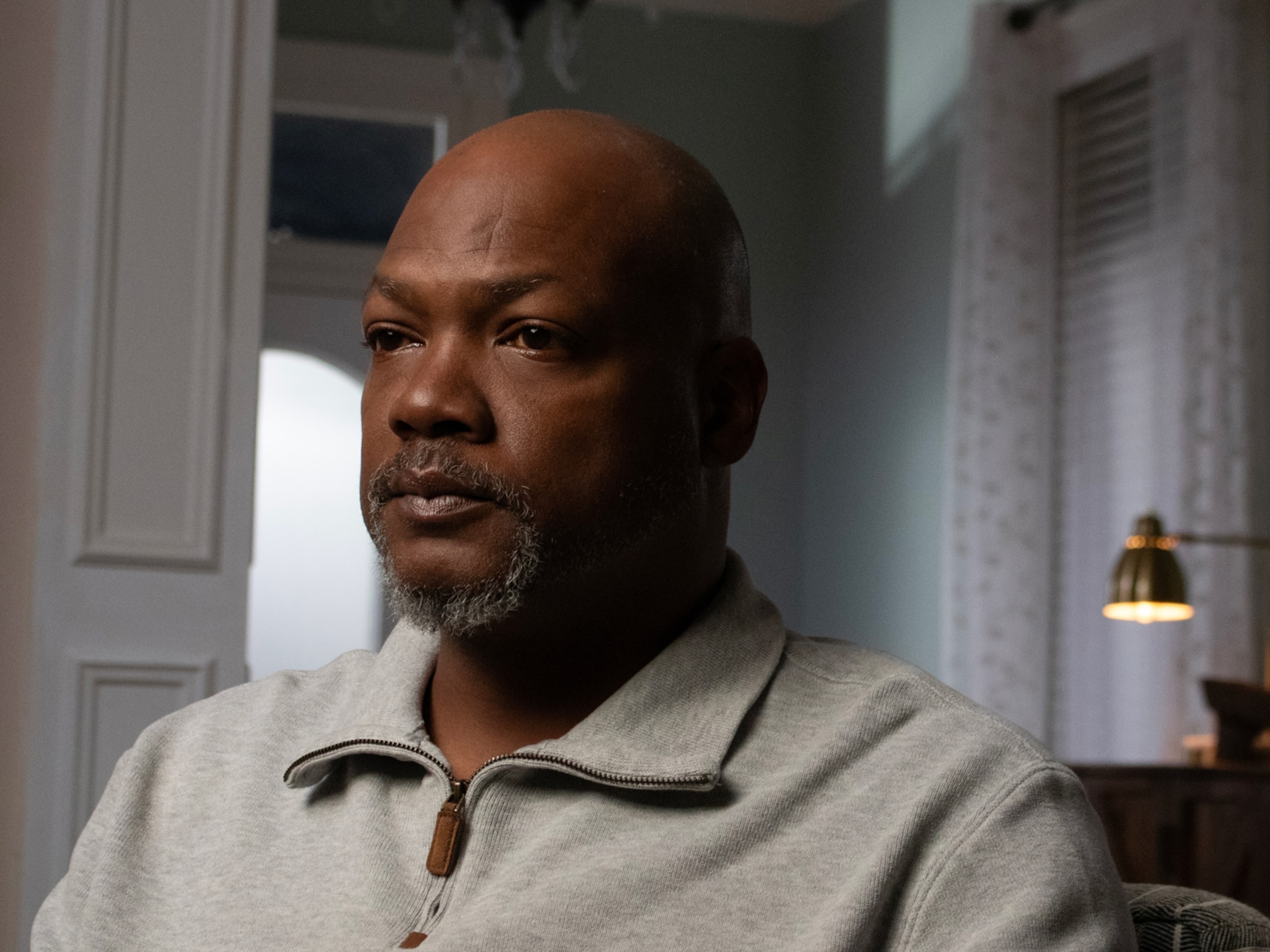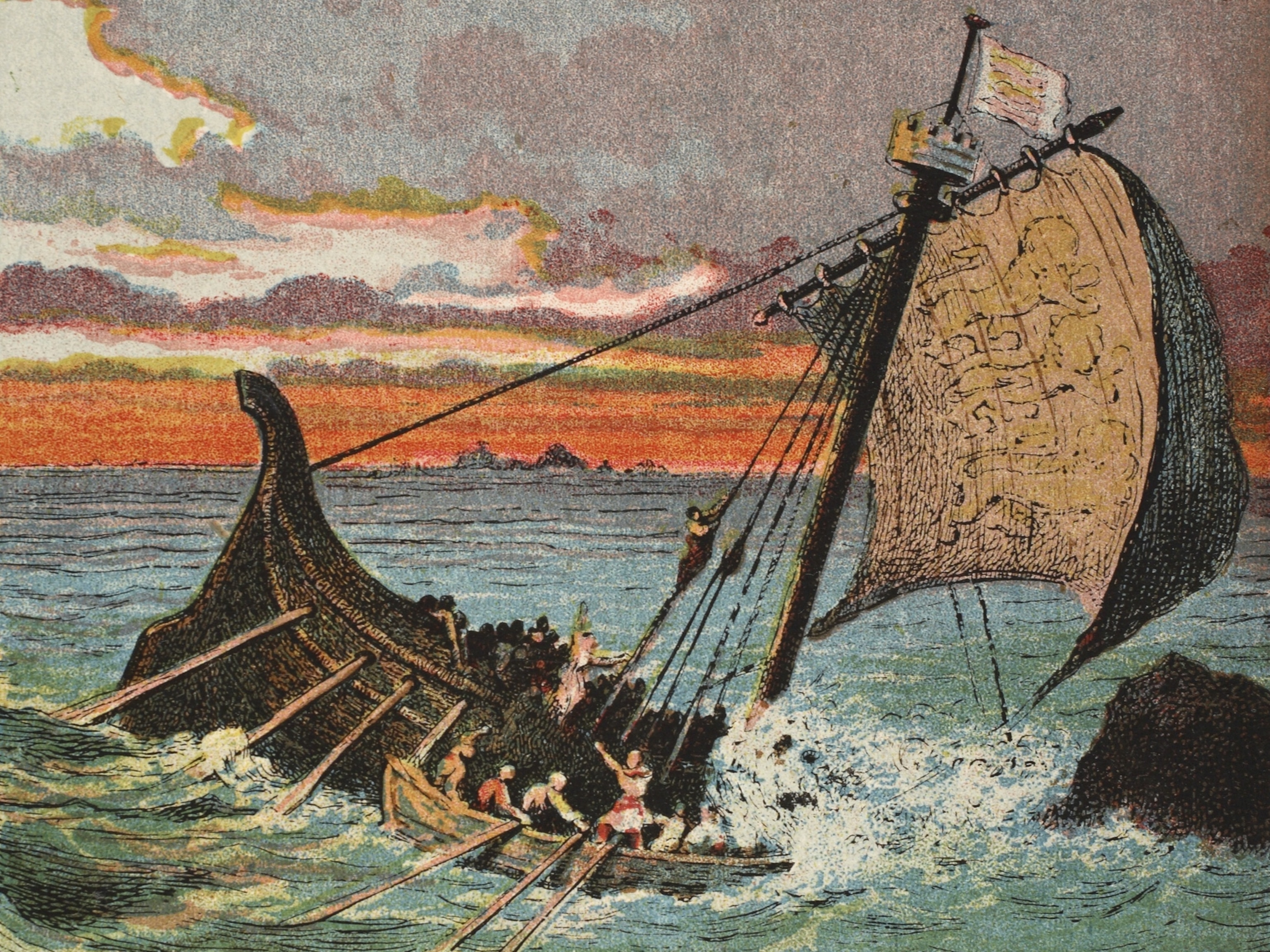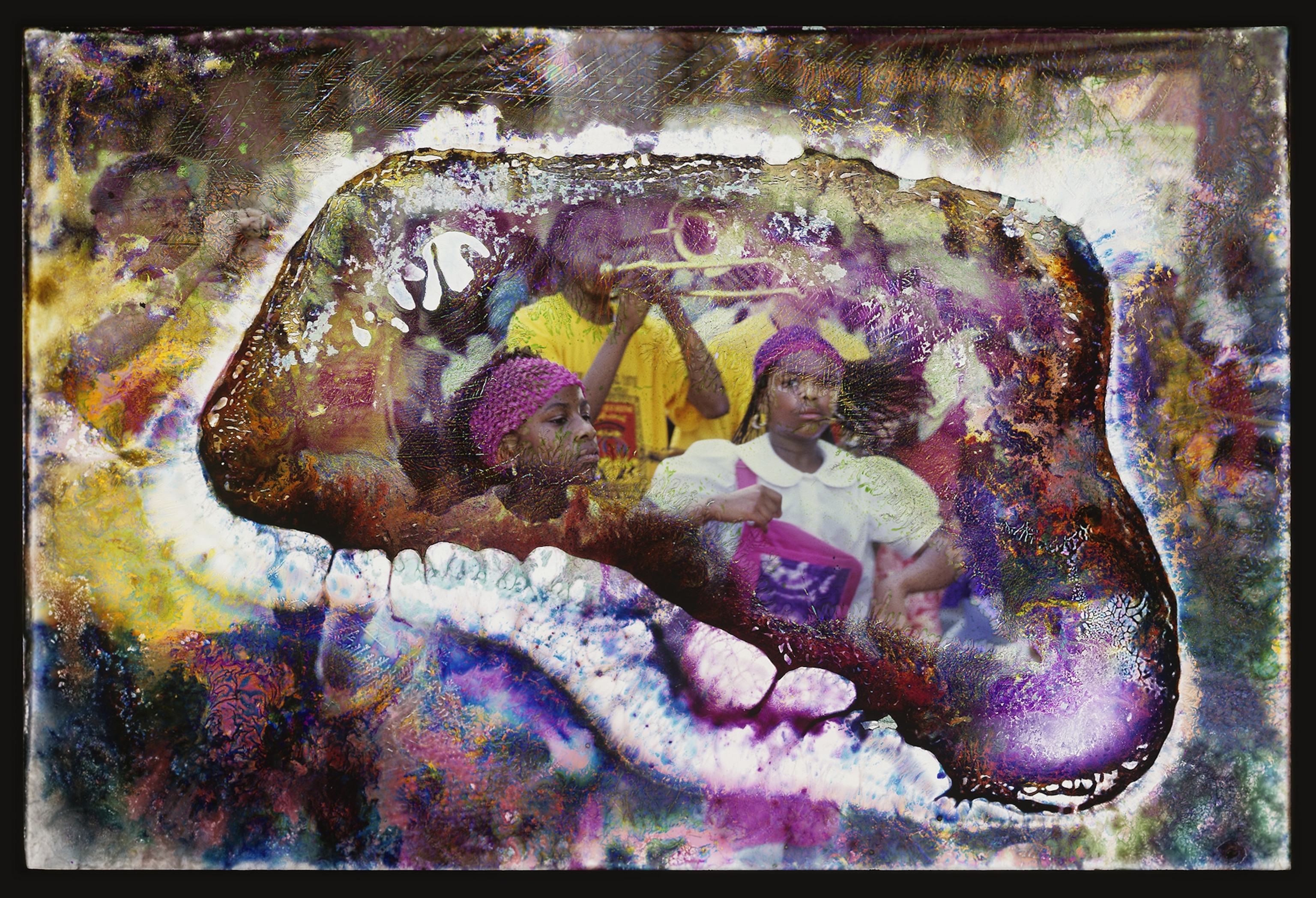
Warped and Waterlogged, a Damaged Photo Collection Takes on New Life
“Anywhere you go, when you see disasters, people grab the pictures,” says documentary photographer Keith Calhoun from his neighbor’s front porch last August. “I didn’t value my photos until after [Hurricane] Katrina. Now every moment is of value to me because I see how quickly things can change, how nature can claim its course.”
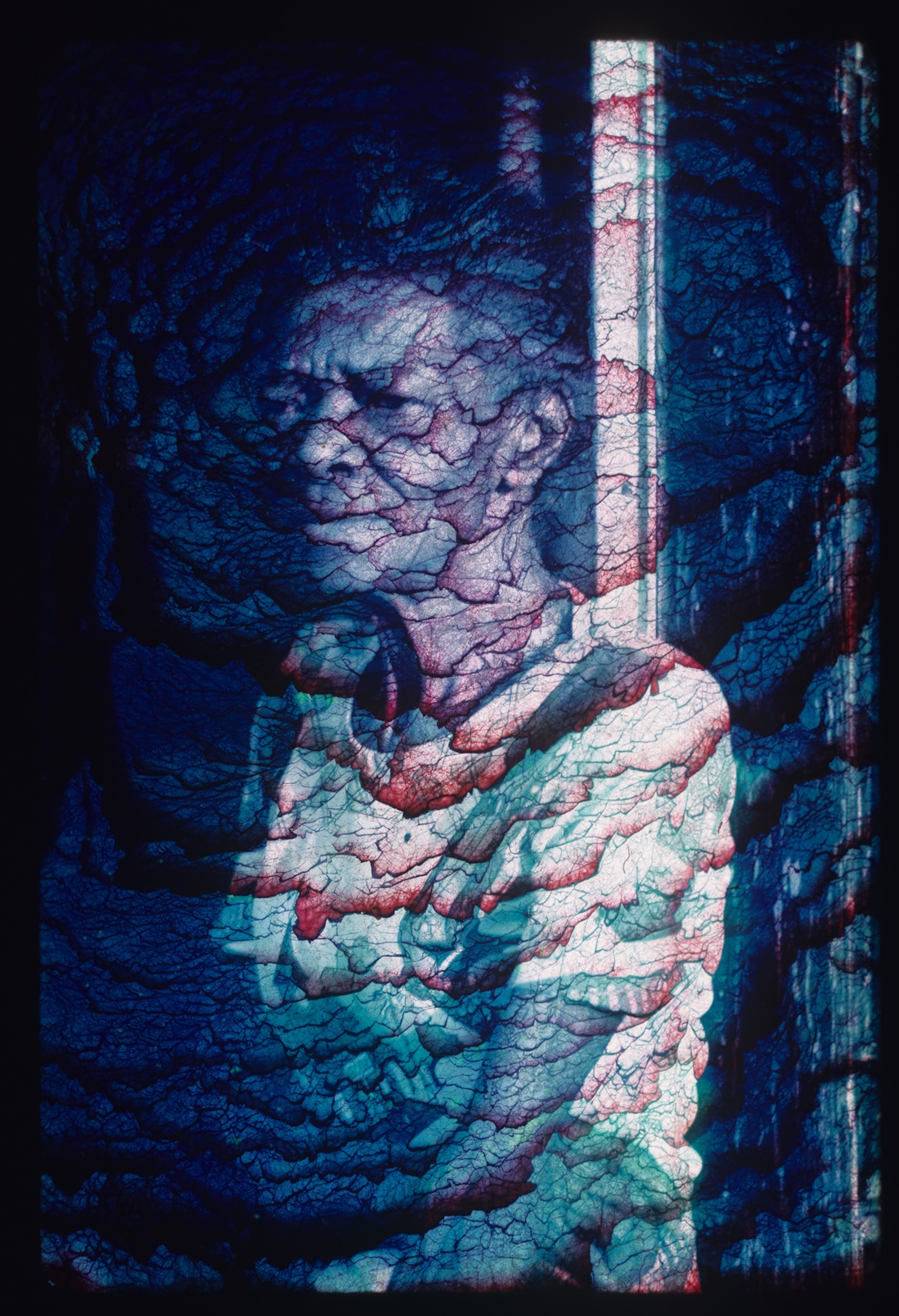
Calhoun works together with Chandra McCormick, his artistic partner and wife, to document the gamut of life in their native Louisiana—from the prison industrial complex, to second line parades, to gumbo parties. McCormick says they feel it’s their calling to “capture the strength and dignity of black New Orleanians, who despite hardship find a way to create spaces for joy and celebration.”
The couple hasn’t remained in the Lower Ninth Ward by default, though. New Orleans is where they’ve “committed to live, work, and struggle”—to seek positive change through their photography and community action. And at times, it has been a struggle.
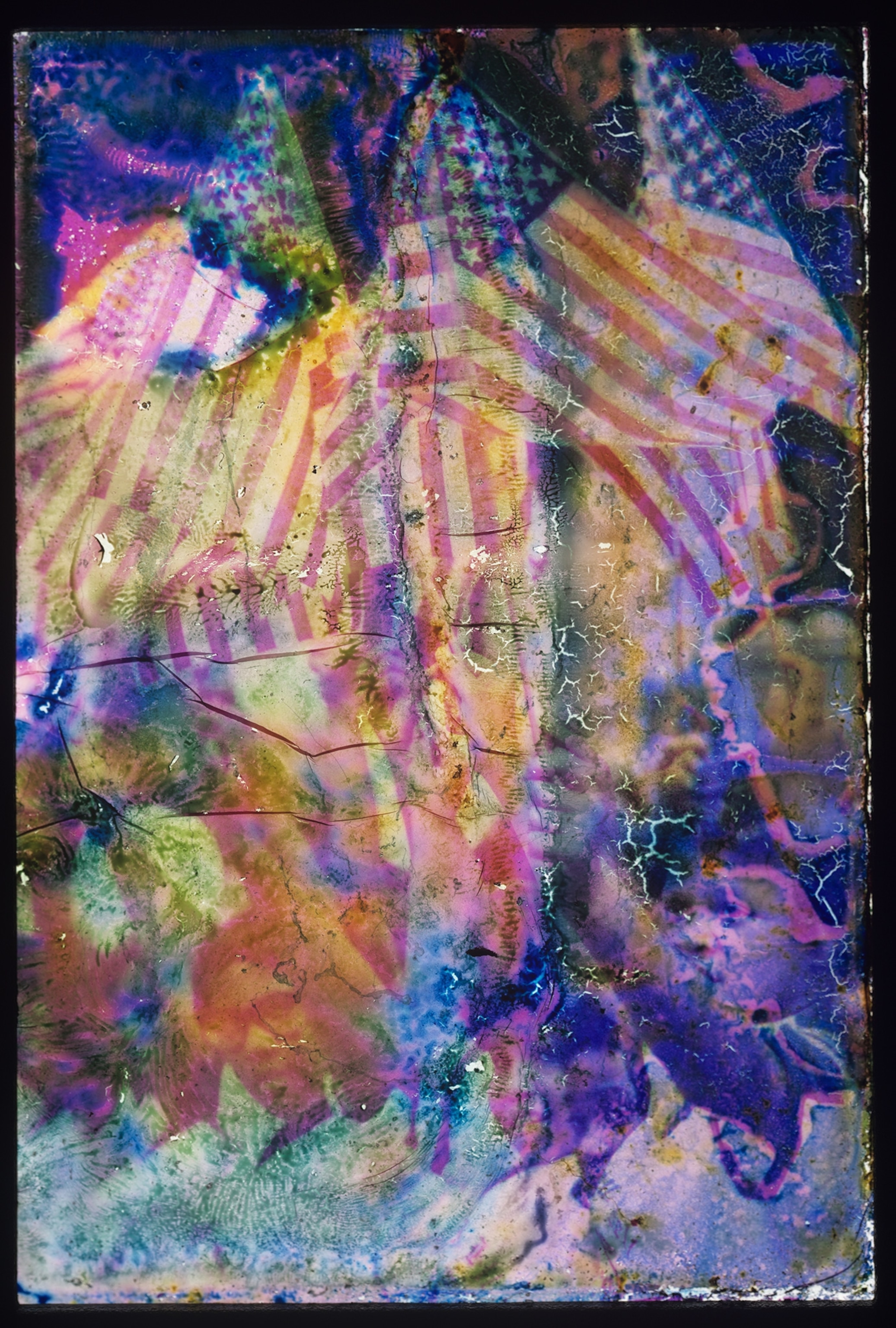
Back in 2005, when their family was evacuated before Hurricane Katrina struck, Calhoun and McCormick did their best to protect their photographic archive—what amounted to 30 years of work. They put the film in Rubbermaid bins on top of tables and fled to Texas, expecting to be back soon. When they returned to toppled bins and waterlogged negatives—in addition to lost lives and a flooded city—they were devastated.
“We felt an indescribable sense of personal and collective loss,” says McCormick. “Flood damage to our home and studio saddened us. We also felt pain and loss for our community.”
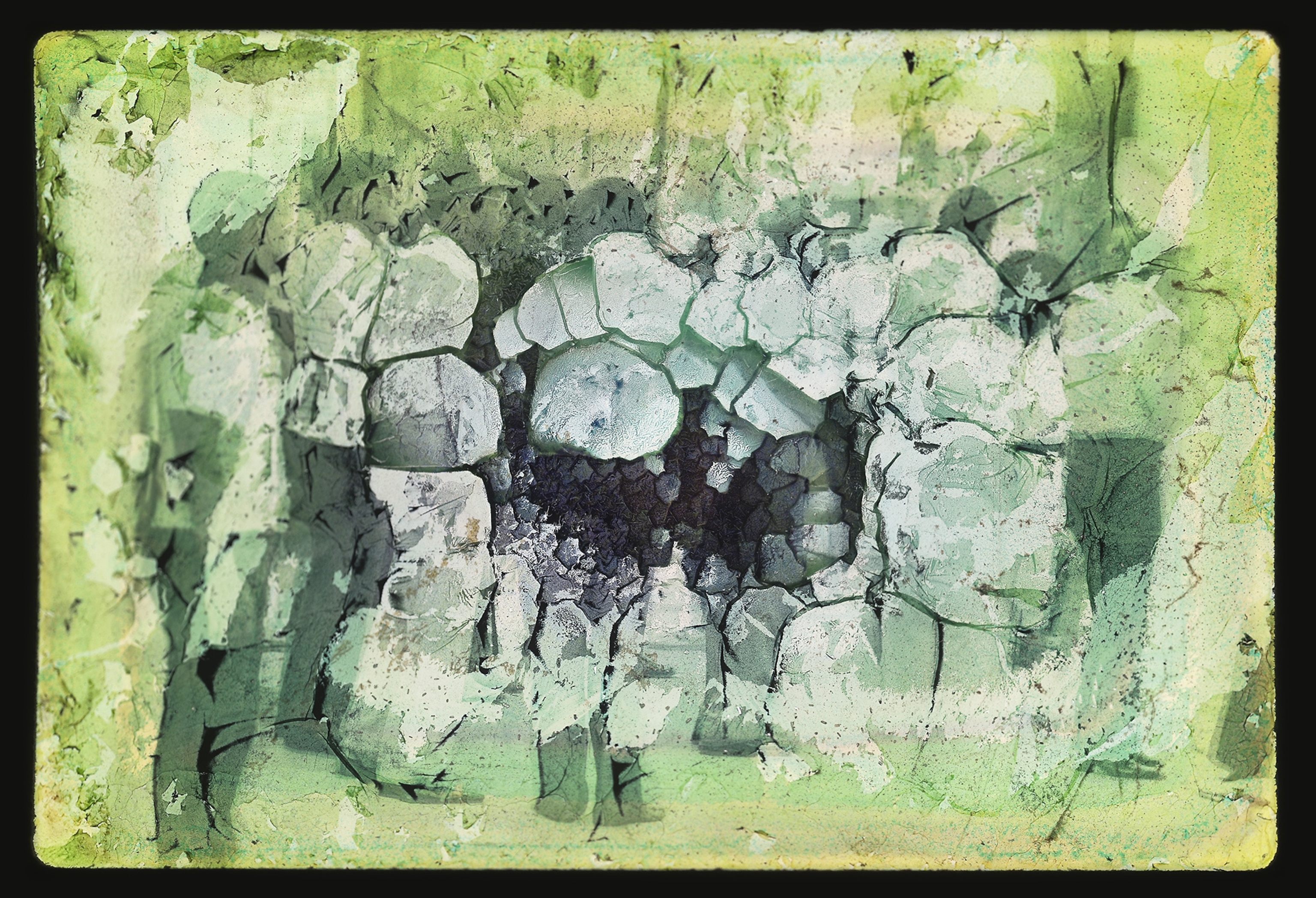
Their son, who could sense their disappointment over the damaged work, encouraged them to hold on to the negatives. A friend then suggested they freeze the film to stop any further deterioration. So they went fridge hunting. Right after the storm, McCormick explains, “residents were required to put their refrigerators on the street.” Calhoun found one, cleaned it, plugged it into a generator, and filled it with garbage bags of slides and negatives. They weren’t sure if the freezer worked, but the next morning a cloud of frost appeared when they opened the door. Their memories remained frozen there for five years.

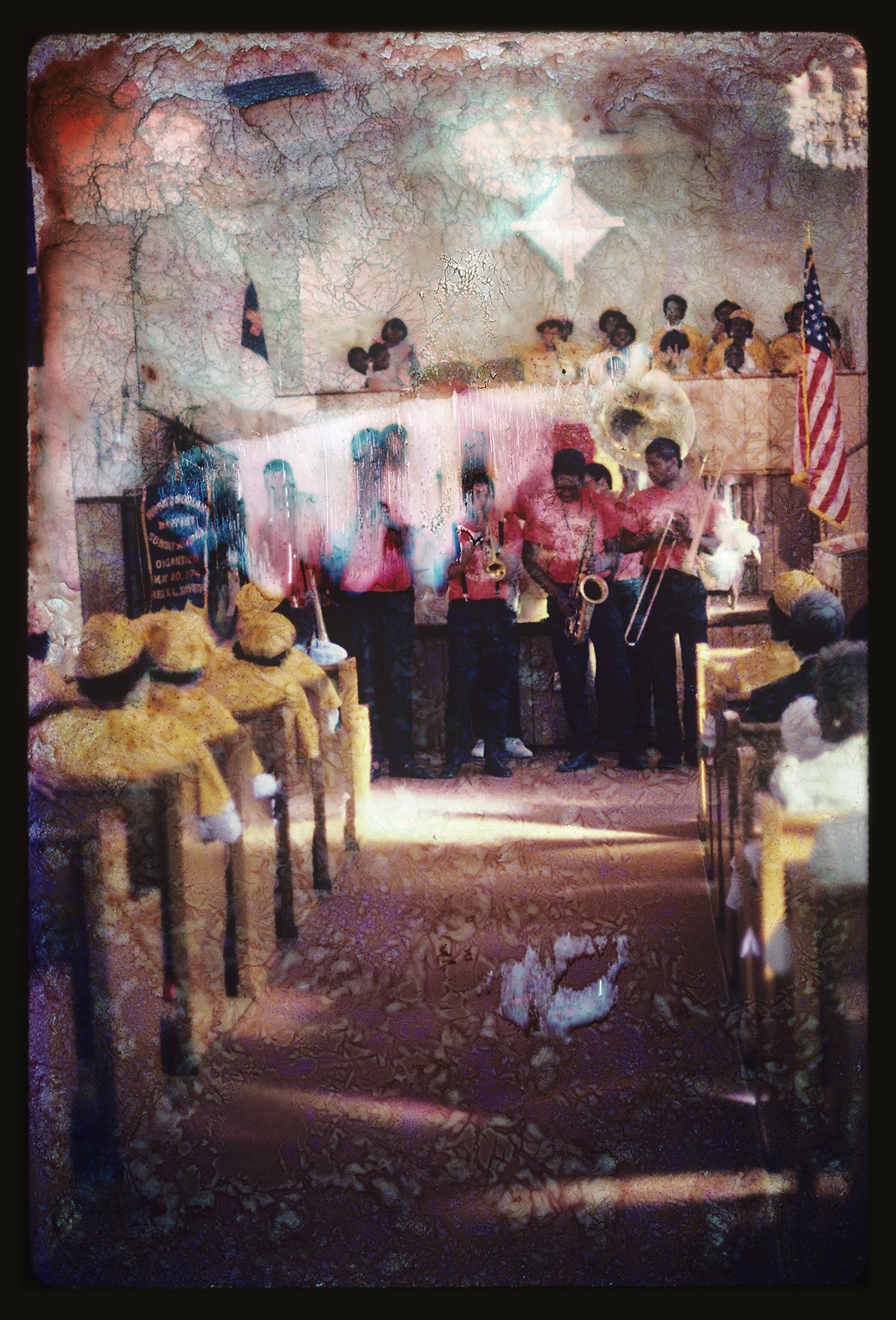
In 2009 the Ford Foundation awarded Calhoun and McCormick a grant to restore their work. Finding supporters for this process “restored our faith that everything is possible. Our spirits and energy were renewed,” says McCormick.
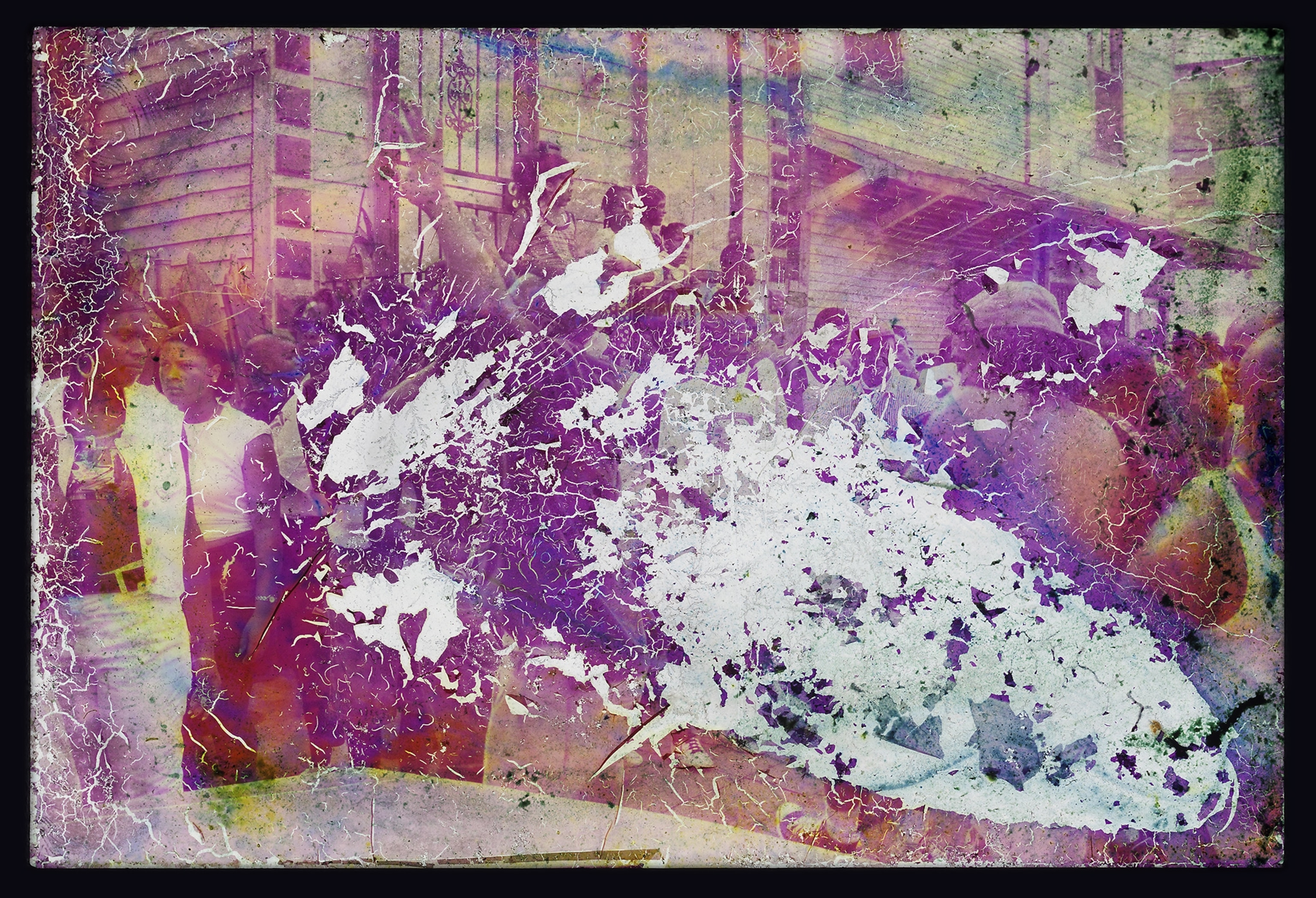
Restoring the negatives was tedious and the chemicals toxic, but it was worth it. “Looking at the imagery for the first time was amazing,” McCormick says. “We didn’t know what to expect. We weren’t sure if there was anything there.”

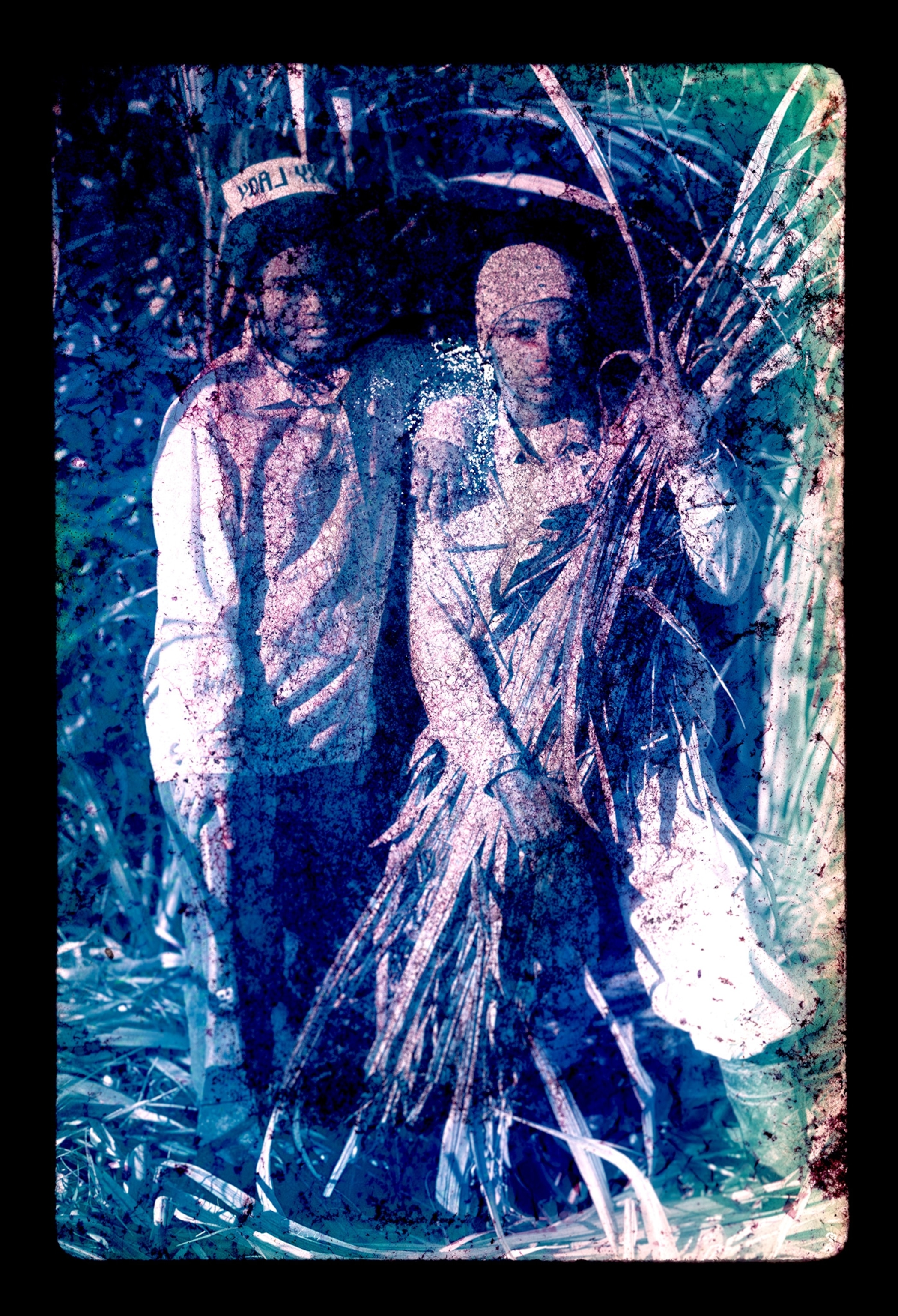
The images were, of course, transformed through this process. “The mold, cracked film cases, and restoration created abstractions of our initial images.” Hints of the old subjects remained, grounding the photos in reality, but the new dimensions that emerged fostered a deeper sense of beauty for their makers. Now, McCormick says, “the images represent different forms of light that guide and sustain us through trials and tribulations.”
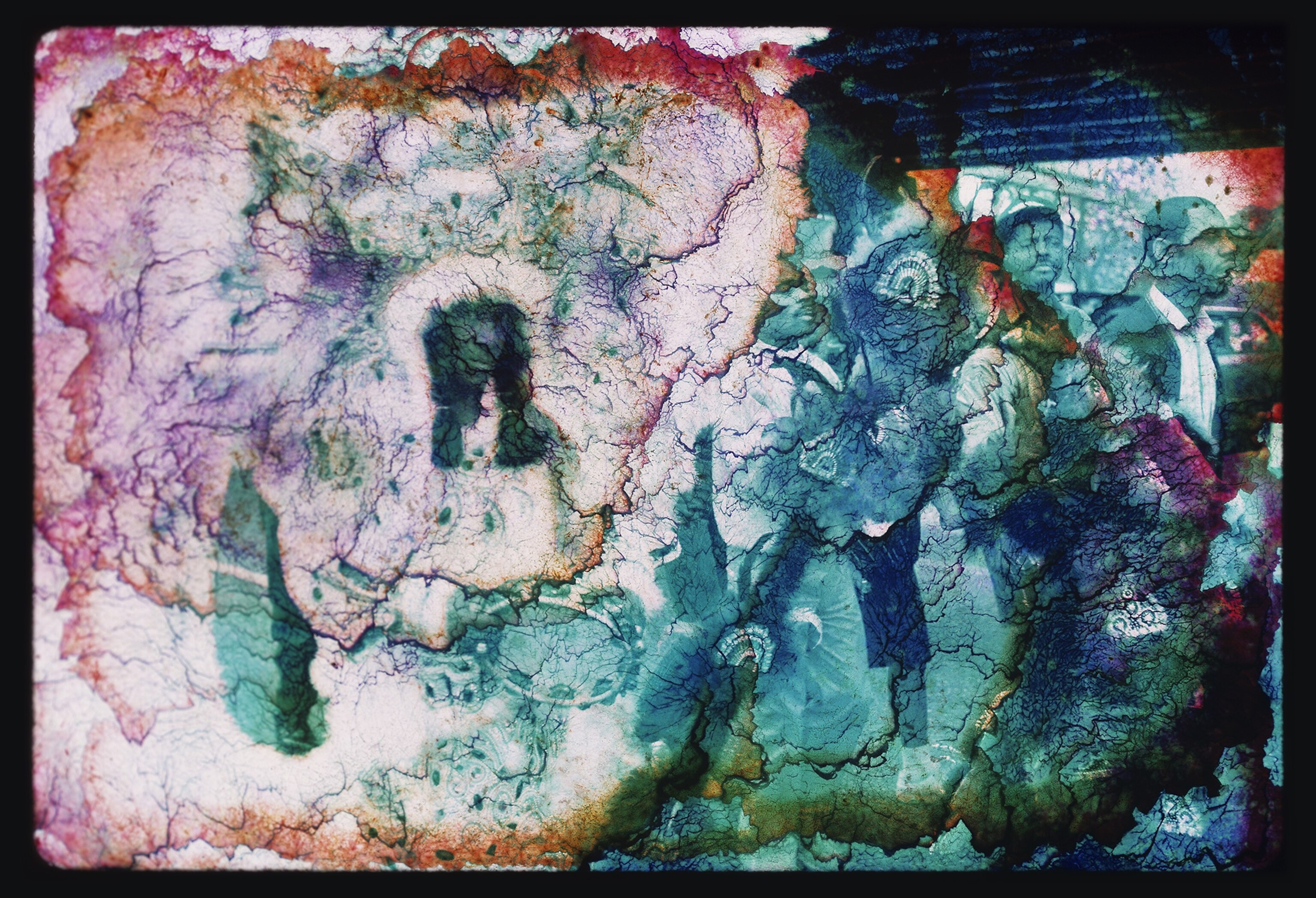
These negatives document the New Orleans that existed before Katrina—in many ways a New Orleans that perseveres. But the images also bear physical witness to the effects of trauma, revealing the resilience of people who don’t give up, while testifying that they have been irrevocably changed.
Chandra McCormick and Keith Calhoun live and photograph in and around New Orleans. They founded L9 Center for the Arts in 2007 and continue to run arts programs for youth in their neighborhood of the Lower Ninth Ward.
See student work created at L9 Center for the Arts in collaboration with National Geographic Your Shot.



